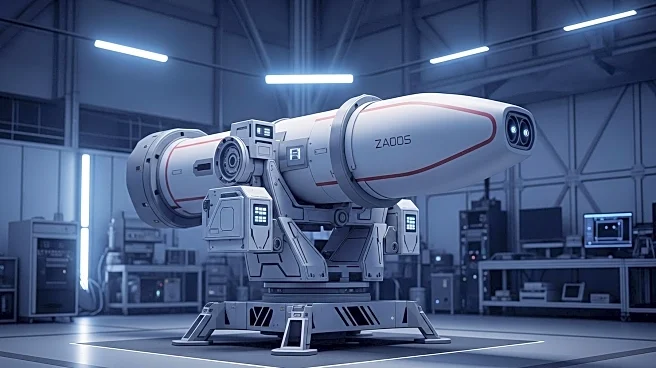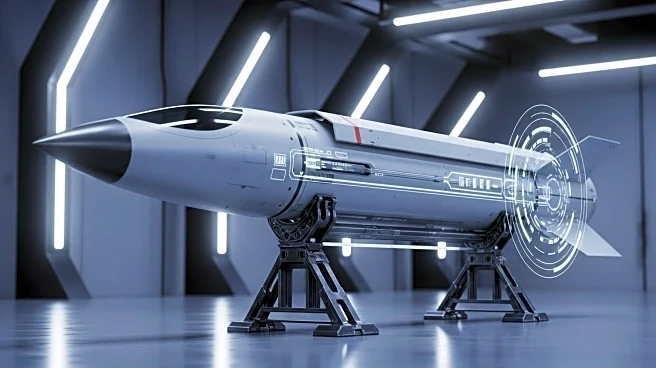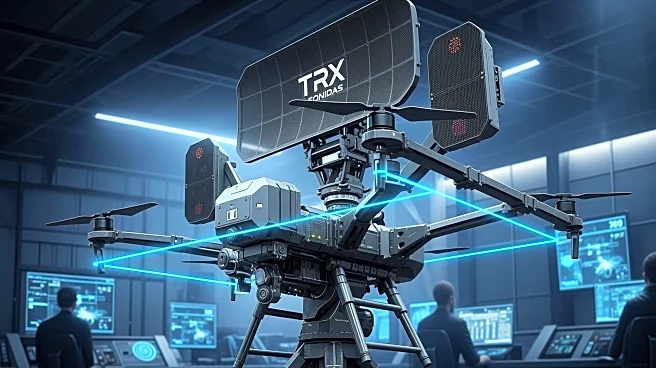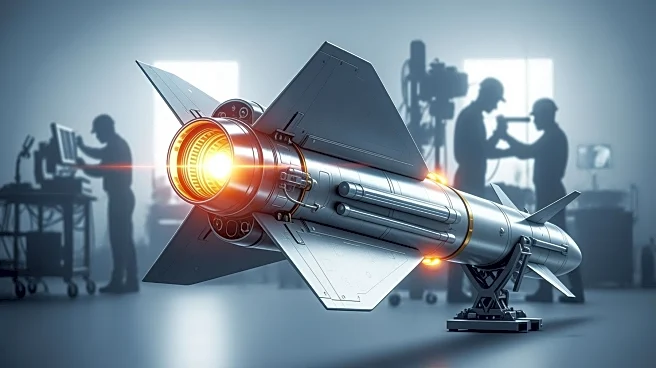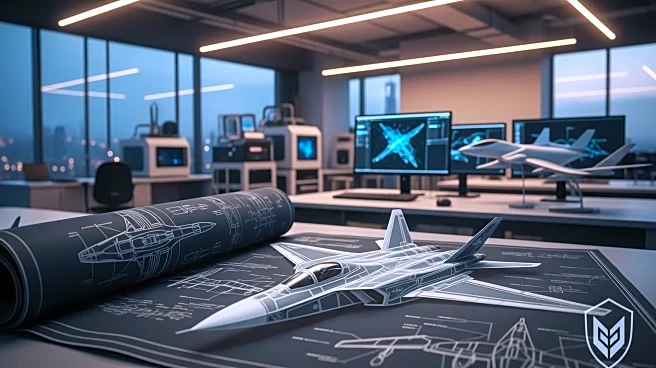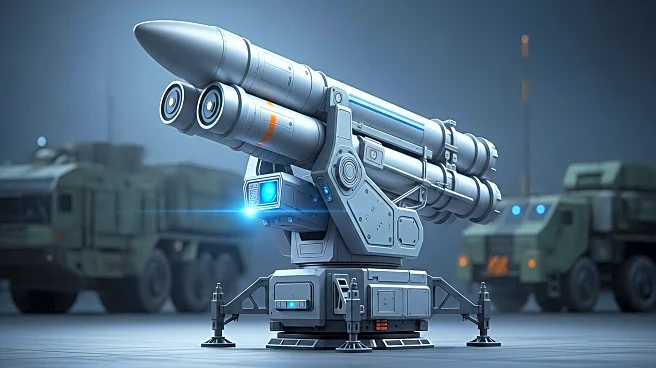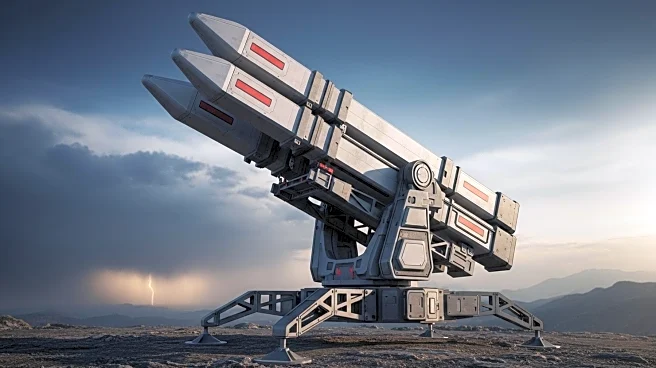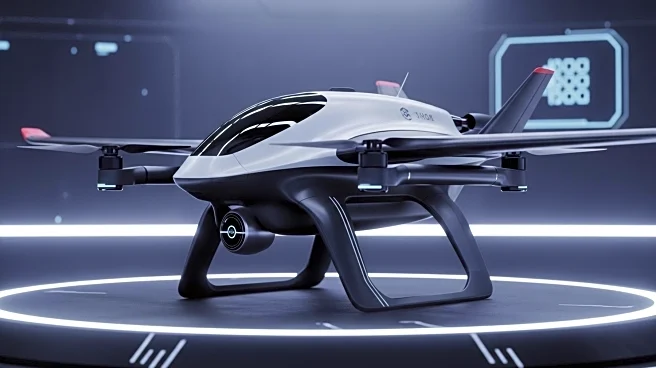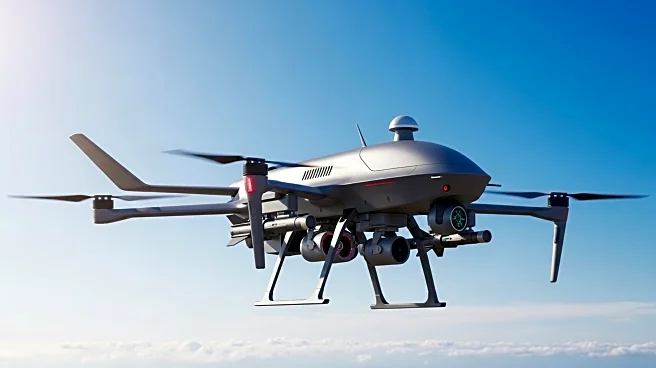What's Happening?
IPG Photonics is advancing its laser technology for defense applications, as showcased at the Association for the United States Army (AUSA) conference in October 2025. The company has introduced an 8 kW
laser, following the rollout of its 3 kW variant, and is in the process of developing a 20 kW laser aimed at counter-unmanned aircraft systems (C-UAS). The 8 kW laser, designed for C-UAS operations against larger targets, is now available for sale after interest from European customers at the Defence and Security Equipment International (DSEI) conference in London. Ben Allison, IPG's vice-president for defense products, explained that the 8 kW laser is a more powerful option for tackling Group 2 and above UAS, while the 3 kW laser is optimal for Group 1 category UAS. The 20 kW laser, targeting Group 3 and larger UASs, is still under development and will debut as the Crossbow once completed.
Why It's Important?
The development of advanced laser technology by IPG Photonics is significant for the defense industry, particularly in enhancing capabilities against unmanned aircraft systems. As drones become increasingly prevalent in military operations, the need for effective countermeasures is critical. The introduction of more powerful lasers, such as the 8 kW and the upcoming 20 kW variants, provides military forces with improved tools to neutralize threats from larger and more sophisticated drones. This advancement could lead to increased security and operational effectiveness for defense agencies, potentially influencing procurement decisions and strategic planning. The interest from European customers also highlights the global demand for such technologies, indicating potential international market expansion for IPG Photonics.
What's Next?
IPG Photonics is continuing the development of its 20 kW laser, which is currently at a low technology readiness level. The company is working on enhancing the equipment with larger optics and a bigger gimbal to accommodate the increased power. Once development is complete, the 20 kW laser will debut as the Crossbow, targeting larger unmanned aircraft systems. As the technology progresses, defense agencies may evaluate the effectiveness and integration of these lasers into their existing systems. The ongoing interest from international markets suggests potential collaborations or sales agreements, which could further drive innovation and deployment of laser technologies in defense applications.
Beyond the Headlines
The advancement of laser technology for defense applications raises ethical and strategic considerations. As these systems become more powerful, questions about their use in conflict scenarios and the potential for escalation arise. Additionally, the development and deployment of such technologies may influence international arms control discussions, as countries seek to balance technological advancements with global security concerns. The integration of lasers into defense systems also prompts considerations about cybersecurity and the protection of sensitive technologies from adversaries.


